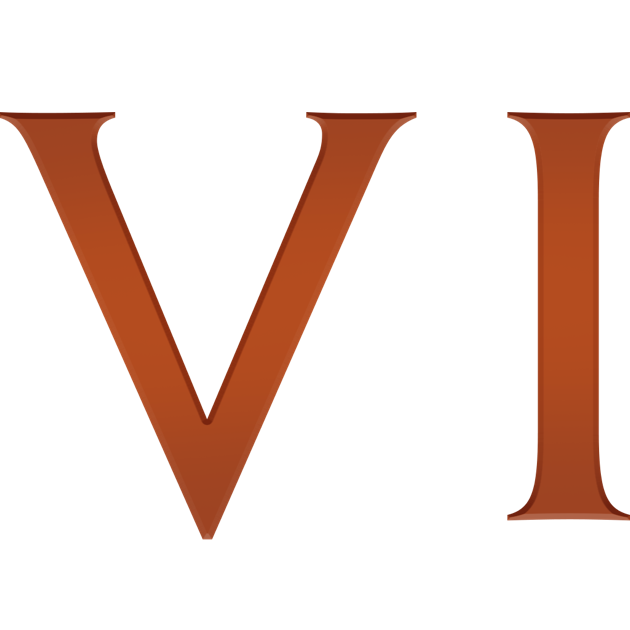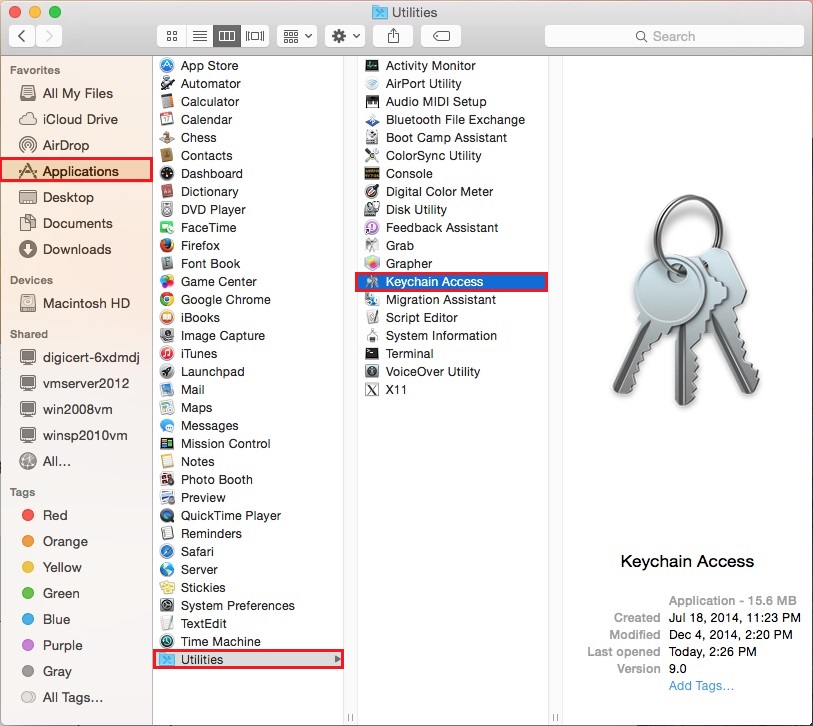- Bluetooth File Location Windows 10
- Bluetooth File Transfer Software
- Bluetooth File Transfer Windows 10
Download the app. Open AndroidFileTransfer.dmg. Drag Android File Transfer to Applications. Use the USB cable that came with your Android device and connect it to your Mac. Double click Android File Transfer. Browse the files and folders on your Android device and copy files. On your Mac, with Bluetooth sharing activated, the Bluetooth file exchange The app allows you to send files to Android with minimal effort. Bluetooth, however, has certain limitations. With a maximum transfer rate of 50 Mbps, even the most recent version of the protocol will feel slow compared to other options.
Bluetooth File Location Windows 10
Unfortunately, Bluetooth on OS X isn’t perfect. In fact, I’ve had to include a lot of workarounds in MacID’s code to try and get Bluetooth to a more reliable state. Thankfully, Bluetooth on iOS is pretty stable.
If you’re experiencing issues with Bluetooth on OS X there are a few ways you can try resetting Bluetooth.
Option 1. Reset Bluetooth using MacID
In MacID for OS X v1.3.1 and newer you can simply get MacID to reset Bluetooth LE for you. There are two ways to do this:
- The first option is to wait for the Reset Bluetooth button to appear in the device discovery window.
- The second option is to hold ALT while clicking the MacID menu, then from under the “More” submenu choose “Reset Bluetooth“.
Whichever option you choose, you will be prompted to enter your admin password and then MacID will attempt to restart your Mac. If you’re able to disable Bluetooth, so do before you try to reset Bluetooth.
If you would prefer to delete the files yourself, see option number 2 below.
Option 2. Delete two Bluetooth related files and restart your Mac.
This is a little fiddly, but it’s the most effective, especially if you’re stuck at trying to add a device to MacID for OS X.
There are two files that you need to locate and delete. One is in a hidden folder but I will guide you through how to find it using Finder.
- Disable Bluetooth if you can.
- Open Finder, click Go (at the top of the screen), then click Go to Folder. Type or copy/paste /Library/Preferences and click Go. In the Preferences directory locate a file named com.apple.Bluetooth.plist and delete it.
- Click Go again (at the top of the screen), click Go to Folder again and this time type or copy/paste ~/Library/Preferences/ByHost and click Go. In the ByHost folder locate a file that begins with com.apple.Bluetooth and delete it. This file will begin with com.apple.Bluetooth and have some random letters and numbers at the end.
- Restart your Mac.
- Re-enable Bluetooth if your Mac hasn’t already.
Option 3. Reset the SMC.
This one has a lower success rate than the previous method but it does sometimes work. Apple have a great support page on how to reset the SMC based on your type of Mac: https://support.apple.com/en-gb/HT201295
Option 4. Use the Bluetooth debug menu.
You’ll need the Bluetooth icon in your menu bar for this. Hold alt+shift and click the Bluetooth icon. From the Debug menu that appears choose “Remove all devices” and “Reset the Bluetooth module”.

Bluetooth File Transfer Software

Hopefully one of these will help if you’re experiencing issues with Bluetooth and get you back up and running.
Communications Toolbox™ Library for the Bluetooth® Protocol provides standard-compliant functions and reference examples for the design, modeling, simulation, and testing of Bluetooth communications systems. The library supports modeling all layers of the Bluetooth stack, link-level simulation, network simulation, test waveform generation, over-the-air testing, and golden reference verification.
The Bluetooth library enables you to simulate and analyze Bluetooth basic rate (BR), enhanced data rate (EDR) and Bluetooth low energy (BLE) PHY layer with:
• Waveform generation and visualization
• Signal recovery and analysis
• End-to-end simulation
• Conformance test measurements
• Direction finding (angle of arrival and angle of departure) capabilities
You can also model, simulate, and analyze the Bluetooth BR and BLE protocol stack and network with:
• Channel selection and frequency hopping algorithms
• BLE devices connection procedures
• Co-existence with WLAN interference
• Applications such as Heart Rate Profile (HRP), with all layers of the stack
You can also model, simulate, and analyze the Bluetooth Mesh protocol stack and network with:
• Bluetooth Mesh network layer flooding
• Energy profiling, with friendship feature in mesh
• Packet delivery ratio estimation and analysis
Work with over-the-air signals using ADALM-PLUTO SDR hardware with:
• Bluetooth BR, EDR and BLE signal transmission and reception over a channel
• Receiver operations to decode Bluetooth BR, EDR and BLE signals
To learn detailed information about the library, see the documentation at https://www.mathworks.com/help/comm/bluetooth.html.


Opening the .mlpkginstall file from your operating system or from within MATLAB will initiate the installation process for this add-on and acquire the latest version for the release you have.
Bluetooth File Transfer Windows 10
This .mlpkginstall file is functional for R2019a and beyond. Content has been added in each release since then, with details in the Communications Toolbox release notes at https://www.mathworks.com/help/comm/release-notes.html. To access the most complete feature set possible, use the latest MATLAB release.